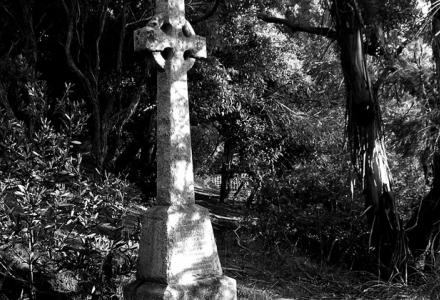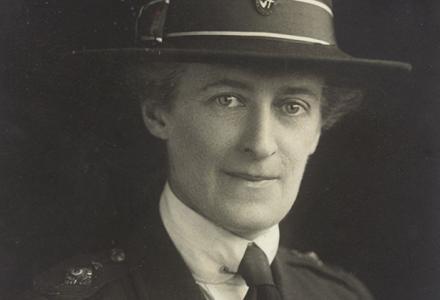Bernard Haines was one of Australia’s boy soldiers. The papers tell us he was 14 when he enlisted, 15 when they sent him to France, 16 when he was gravely wounded at the Battle of Baupaume. They operated on Bernie over forty times. So much of his bowel was removed his body could no longer process waste. The poison welled up inside him.
Newspaper accounts published at the time claim Bernie Haines died a hero, smiling bravely as they wheeled him off to the operating table. But repatriation records tell a different story—of a boy, frightened to die, disruptive to other patients, isolated in a dismal ward, suffering in ‘untold agony’, alone.
Bernard Haines died of war injuries in 1926, eight years after the fighting had ended, and five years after the First AIF was formally disbanded. As such his name is not listed on the official tally of our war dead.
Bernie Haines’ story reminds us of the inequalities of commemoration—in remembering war not all are honoured equally. It also reminds us of the long aftermath of war. Men and women would continue to die of war-related causes long after the fighting had ended.
For full attribution of sources, suggestions for further reading and an extended version of the story itself see ‘The boy soldier: Bernard Haines’ in Bruce Scates, Rebecca Wheatley and Laura James, World War One: A History in 100 stories (Melbourne, Penguin/Viking, 2015) pp. 46-49; 355.



